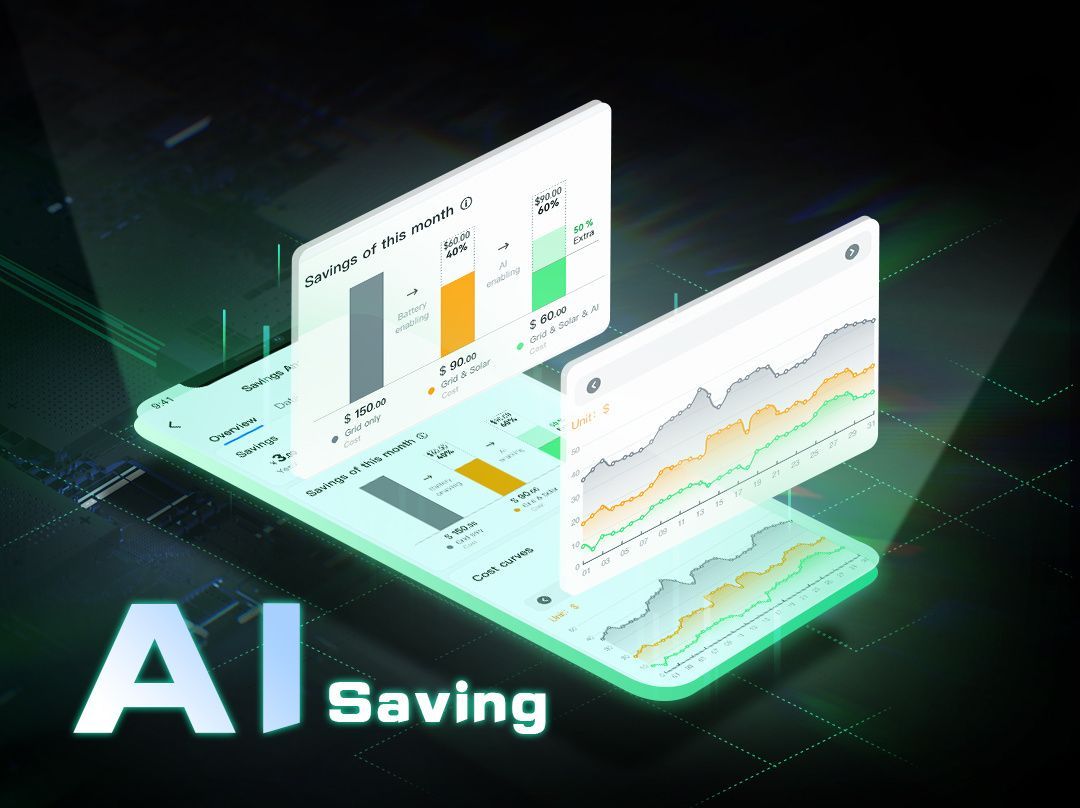Fascinating Facts About Solar Energy
It's the Most Economical Energy Source
Given the recent surge in global energy prices, there's a significant demand for affordable and clean energy alternatives. Fortunately, solar energy costs have markedly decreased in the last decade, currently standing at 33% less expensive than gas power in the United States.
Solar Energy Efficiency
Typically, solar panels boast an energy efficiency rating ranging from 11-15%, indicating the percentage of energy that can be converted into electricity. However, efficiency varies among different solar panel types. Despite advancements in solar technologies by researchers, these improvements are not yet accessible to the public.
Energy Production in Difficult Weather
Concerned about cloudy or rainy days affecting solar energy production? Despite adverse weather conditions, solar panels can still generate electricity. On average, solar panels produce 30%-50% and 10%-20% of their full potential on cloudy and heavily rainy days, respectively. Notably, there are industrial-scale solar fuel plants, such as Synhelion's proprietary technology, converting sunlight into synthetic liquid fuel.
Longevity of Solar Panels
Solar panels typically maintain high efficiency for the initial 25-30 years. A return on investment and savings can be realized around 6 years after installation. While performance may degrade after the 30-year mark, solar panels continue to convert sunlight into energy, never completely halting the process.
Abundance of Solar Energy
Scientific American reports solar energy as the most abundant resource on Earth. The sunlight hitting the Earth's surface in just 90 minutes can power global energy consumption for a whole year. Solar energy surpasses the combined dominance of other renewable resources, such as wind, hydropower, and geothermal, requiring relatively little space and resources for power production.
Leading Investors in Solar Energy
As of summer 2022, the top producers of solar energy globally included China, the European Union, the United States, Vietnam, and Japan. China, with its large population and carbon footprint, leads the list. Within the European Union, Germany, the Netherlands, and Spain stand out as key markets with significant investments in solar energy.
Solar Energy's Historical Roots
The scientific basis of solar energy dates back nearly 200 years, discovered by the French physicist Edmond Becquerel during an experiment on photography at the age of 19.
Solar Panel Output Measurement
Solar-generated electrical energy is expressed in kilowatt hours (kWh), equivalent to the consumption of 1000 watts for one hour. Daily energy production is calculated by multiplying the average watts produced per hour by the number of peak hours, resulting in approximately 1.6 kWh per day or 54 kWh of electricity per month.
Climate Change Mitigation through Solar Energy
Solar energy stands out as the cleanest among renewable sources, producing no emissions or pollution during electricity generation. This environmentally friendly characteristic is gaining attention in the construction industry as a valuable resource for reducing the impact of climate change.
Initiative for Solar-Powered Cities
The Solar Cities initiative aims to promote solar energy projects worldwide and encourage citizen participation in the energy transition. Government officials in Croatia, Ukraine, and Georgia have already signed on to encourage mayors globally to adopt solar power in urban centers.
Solar Energy's Impact on Construction
Solar energy, a rapidly growing industry worldwide, is increasingly intertwined with the construction sector. The development of solar energy continues to influence the built environment, requiring the construction industry to prepare for infrastructure that accommodates and prioritizes both new and existing solar technologies. Solar energy is already a crucial component of sustainable building and construction practices, expected to become even more mainstream in the future.
More EcoFacts




